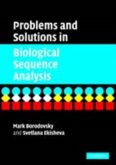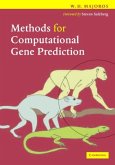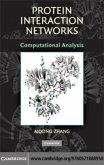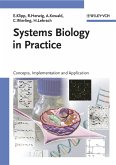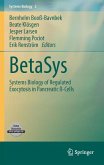The recent explosive growth of biological data has lead to a rapid increase in the number of molecular biology databases. Held in many different locations and often using varying interfaces and non-standard data formats, integrating and comparing data from these multiple databases can be difficult and time-consuming. This book provides an overview of the key tools currently available for large-scale comparisons of gene sequences and annotations, focusing on the databases and tools from the University of California, Santa Cruz (UCSC), Ensembl, and the National Centre for Biotechnology Information (NCBI). Written specifically for biology and bioinformatics students and researchers, it aims to give an appreciation of the methods by which the browsers and their databases are constructed, enabling readers to determine which tool is the most appropriate for their requirements. Each chapter contains a summary and exercises to aid understanding and promote effective use of these important tools.
Dieser Download kann aus rechtlichen Gründen nur mit Rechnungsadresse in A, B, BG, CY, CZ, D, DK, EW, E, FIN, F, GR, HR, H, IRL, I, LT, L, LR, M, NL, PL, P, R, S, SLO, SK ausgeliefert werden.



